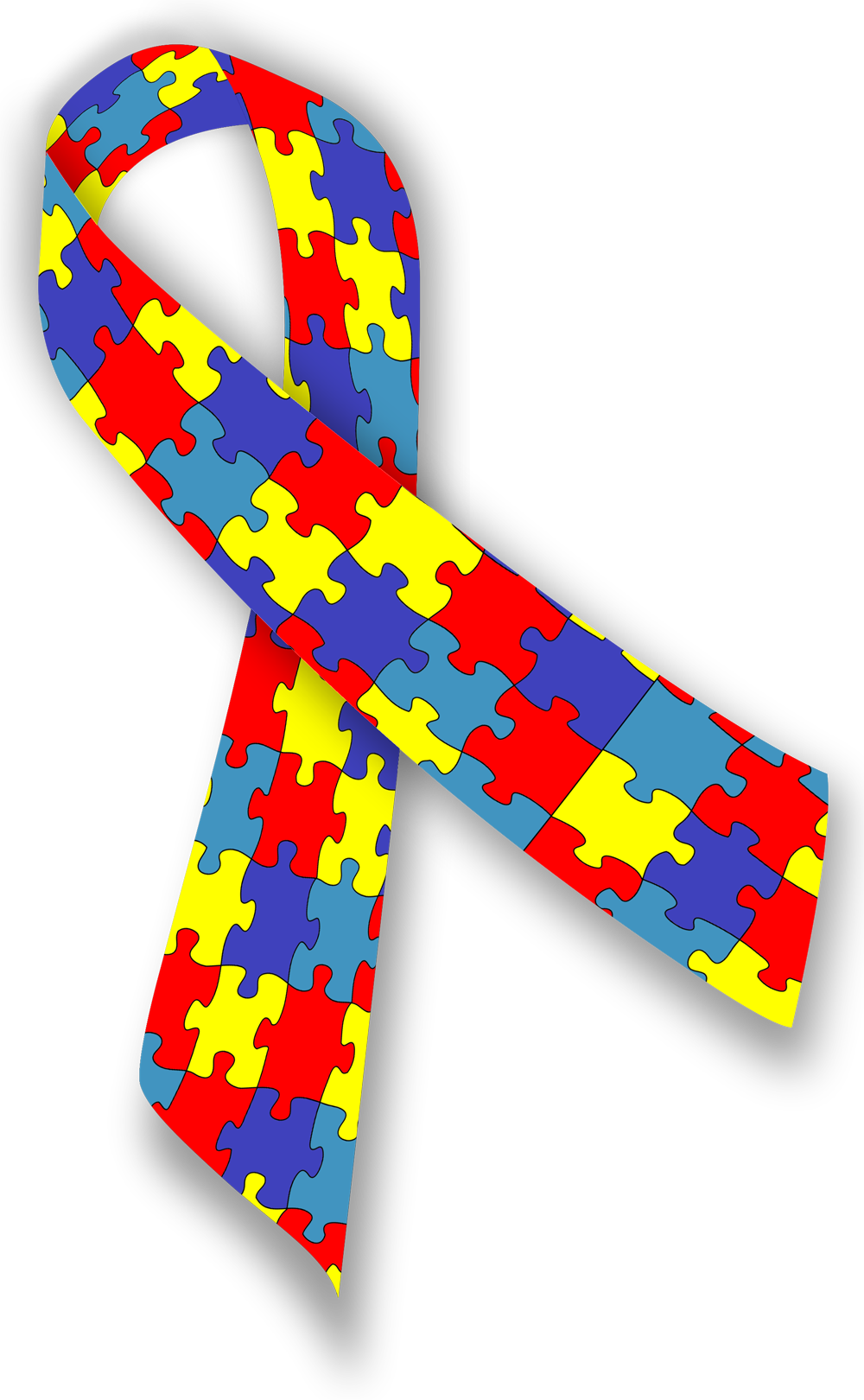What is Autism?
What is Autism?
According to current classification systems autism spectrum disorder is a neurodevelopmental condition behaviourally defined through qualitative impairments in social and communicative development and restricted behaviours, interests and activities (DSM-5, American Psychiatric Association, 2013; ICD-11, cf. Freitag, 2011). This lifelong developmental condition is currently thought to have a neurobiological basis and a strong genetic component.
Why is it called autism spectrum disorder?
Autism is considered a spectrum: ranging from individuals with fewer autistic features in their behavior and experiences to more severely affected individuals. Individuals along the spectrum are found to have a wide range of intellectual and language abilities. To reflect this, separate sub-diagnoses accounting for language and intellectual functioning have been introduced in ICD-11. Some people with autism function well in many areas through extraordinary efforts, so their difficulties may not be obvious to others. However, the symptoms usually result in significant impairment in important areas of life, such as personal, educational, or vocational development. Symptoms must occur at early stages of development, but often do not become prominent until the demands of the environment exceed the compensatory abilities of the individual. Autism may be detected by a qualified clinician in children as young as 18 months, and can be reliably diagnosed at around 30 months (Gillberg et al., 1996). Early signs of the disorder, such as reduced levels of eye contact, may already be present in the first year of life (Jones & Klein, 2013). In recent years the importance of early diagnosis and intervention has been highlighted through the availability of early diagnostic tools, such as the M-Chat (Modified Checklist for Autism in Toddlers) or the CARS (Childhood Autism Rating Scale) as well as checklists for parents provided by autism organisations (e.g. Autismus e.V.).
Which criteria must be fulfilled for the diagnosis?
For an autism diagnosis, specifics must be present in both major symptom domains. In the social communication and interactions domain specific features often present as reduced social-emotional reciprocity. For instance, there is not necessarily a normally regulated back-and-forth conversation; emotion or affect can be shown differently or shared in another way; initiation or response to social interactions can fail. In communication there is more focus on immediacy and less focus on contents mediated by idioms. There can also be fewer markers of nonverbal communication (e.g. less or no eye contact and body language or limitations in understanding and using gestures and facial expressions). In addition, individuals with ASD can exhibit difficulties in developing, maintaining and understanding relationships (e.g. when it comes to participating in imaginary play or adjusting behaviour to suit various social contexts). Further, there may be difficulties with making and keeping friends or a seemingly general absence of interest in peers.
Which behavioral patterns can occur?
In the domain of restricted patterns of behaviour, interests and activities, specific features include stereotyped motor movements, use of objects or speech (e.g. motor stereotypies; lining up toys or flipping objects; echolalia; idiosyncratic phrases). Furthermore, there can be a desire for or insistence on repetition, sameness or ritualized patterns of behaviour(e.g. need to take the same route or eat the same food every day) together with highly restricted, fixated interests that are unusual in intensity and focus (e.g. strong attachment to unusual objects; excessively circumscribed interests). In some cases, individuals acquire extraordinary knowledge or skills in the process. There also can be hyper- or hyporeactivity to sensory input (e.g. apparent indifference to pain/temperature; adverse response to specific sounds and textures) and unusual interests in sensory aspects of the environment (e.g. excessive smelling or touching of objects; visual fascination with lights or movements).
It is important to note that the long-held assumption that behavioral characteristics of autism indicate a lack of social interest or social motivation receives no consistent empirical support and – at least in its general form – should be abandoned (Jaswal & Akhtar, 2019). Rather than focusing on a disorder-based perspective which interprets autistic behavior as negative due to its deviation from a norm, we currently see and actively promote a paradigm shift in autism research in order to better address shortcomings of the traditional deficit-based model. In particular, there is an increasing degree of research which focuses on neurodiversity in the context of an individual differences perspective (Pellicano & den Houting, 2022), and on problems arising from common misperceptions of social behavior of autistic people by neurotypical people (Mitchell et al., 2021). Overall, these considerations support the focus on reciprocity and mutual social interactions which we adopt in the Social Potential in Autism Research Unit.
References
- American Psychiatric Association. (2013). Diagnostic and statistical manual of mental disorders (5th ed.). Washington, DC: Author.
- Freitag, C. M. (2021). From pervasive developmental disorder in ICD-10 to Autism Spectrum Disorder in ICD-11. Zeitschrift für Kinder- und Jugendpsychiatrie und Psychotherapie, 49(6), 437-441. doi:10.1024/1422-4917/a000774
- Gillberg, C, Nordin, V, & Ehlers, S. (1996). Early detection of autism. Diagnostic instruments for clinicians. European Child & Adolescent Psychiatry, 5, 67-74.
- Jaswal, V. K., & Akhtar, N. (2019). Being vs. Appearing Socially Uninterested: Challenging Assumptions about Social Motivation in Autism. The Behavioral and Brain Sciences, 42, 1-73. doi:10.1017/s0140525x18001826
- Jones, W., & Klin, A. (2013). Attention to eyes is present but in decline in 2-6-month-old infants later diagnosed with autism. Nature, 504, 427-433.
- Mitchell, P., Sheppard, E., & Cassidy, S. (2021). Autism and the double empathy problem: Implications for development and mental health. British Journal of Developmental Psychology, 39(1), 1-18. doi:10.1111/bjdp.12350
- Pellicano, E., & den Houting, J. (2022). Annual Research Review: Shifting from ‘normal science’ to neurodiversity in autism science. Journal of Child Psychology and Psychiatry, 63(4), 381-396. doi:10.1111/jcpp.13534


